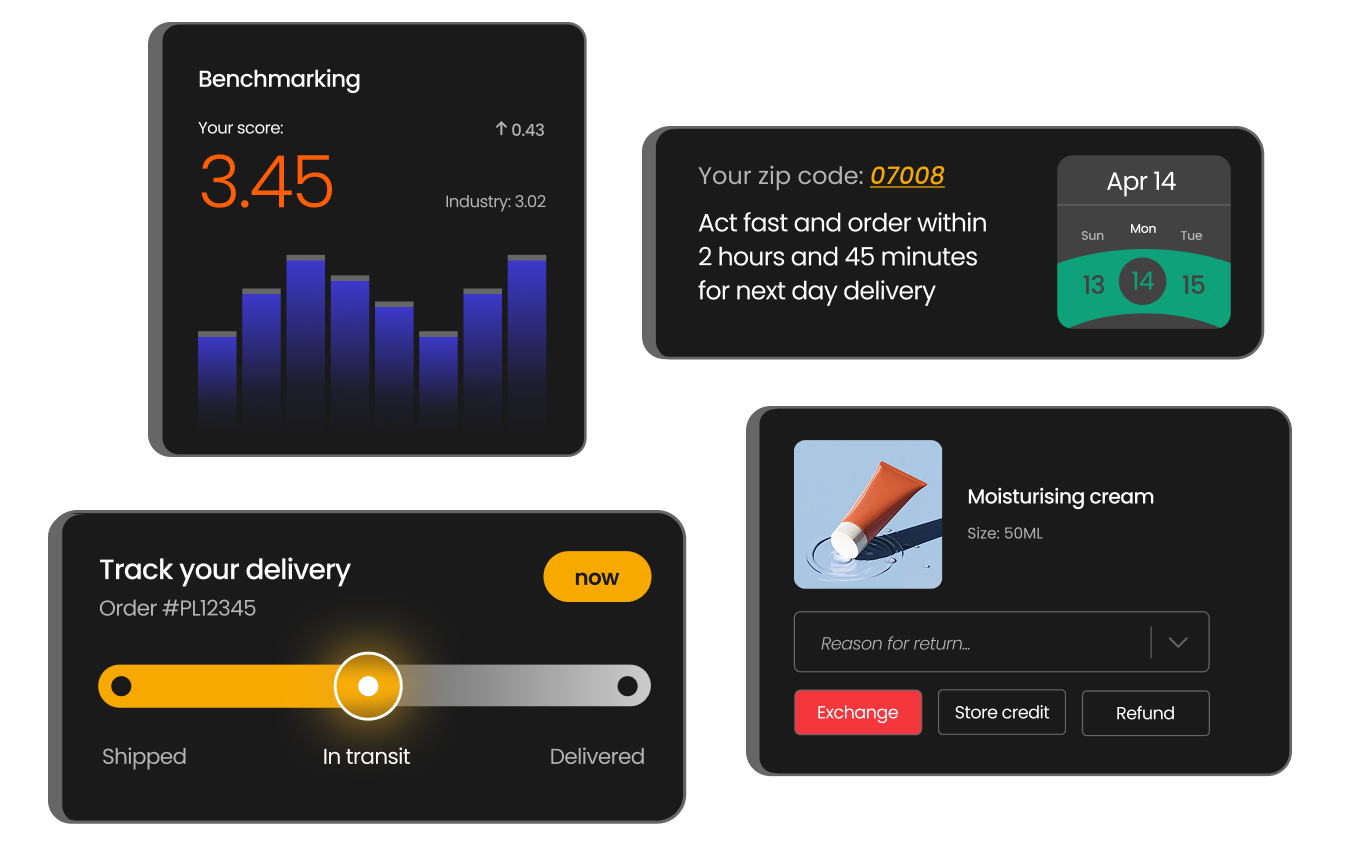parcelLab glossary
This glossary covers key eCommerce terms, including definitions related to the post-purchase experience, order tracking, delivery communication, returns management, and more.
This glossary covers key eCommerce terms, including definitions related to the post-purchase experience, order tracking, delivery communication, returns management, and more.
We’re here to help—whether you have a question, need support, or just want to learn more about parcelLab.
